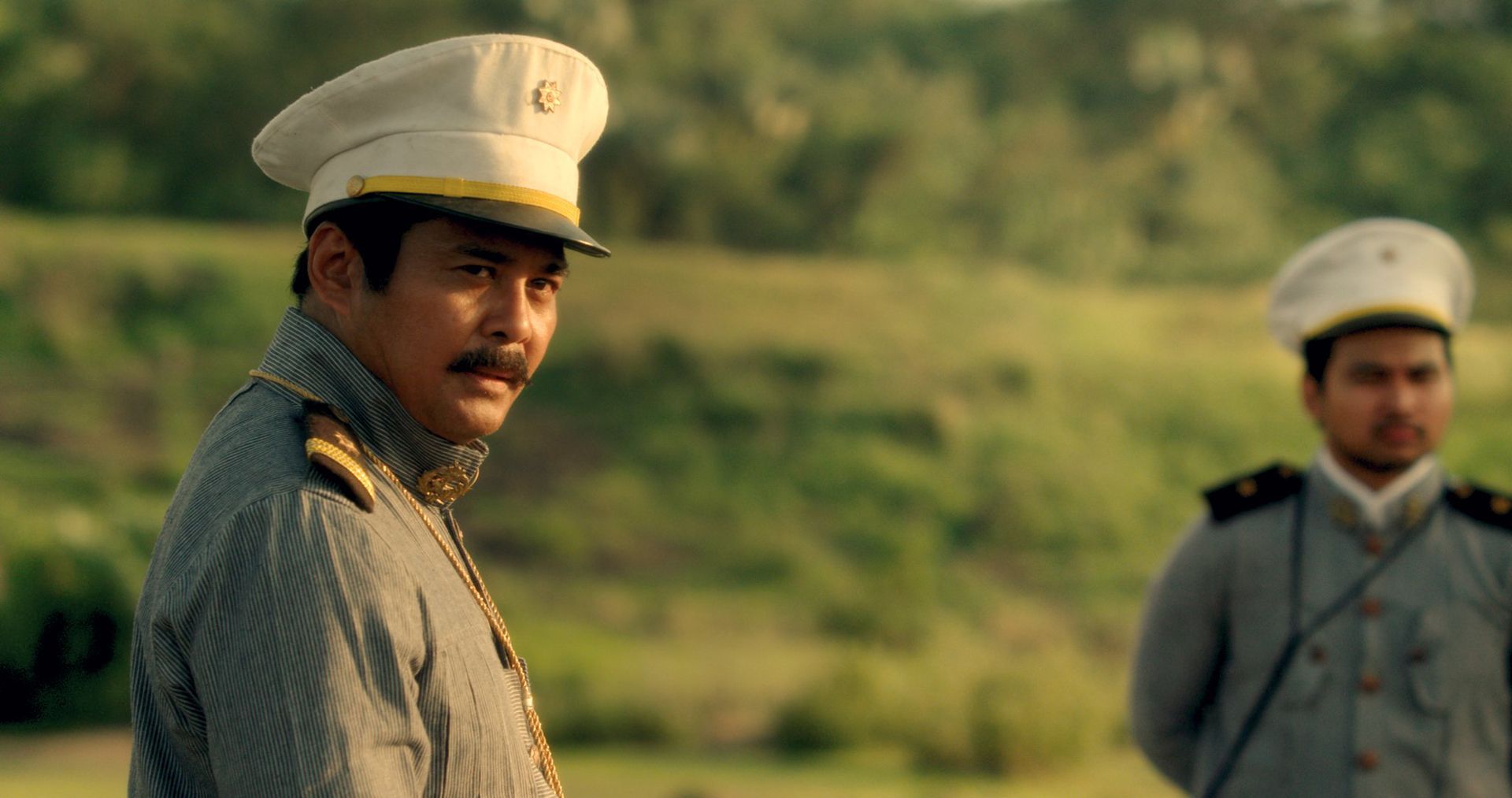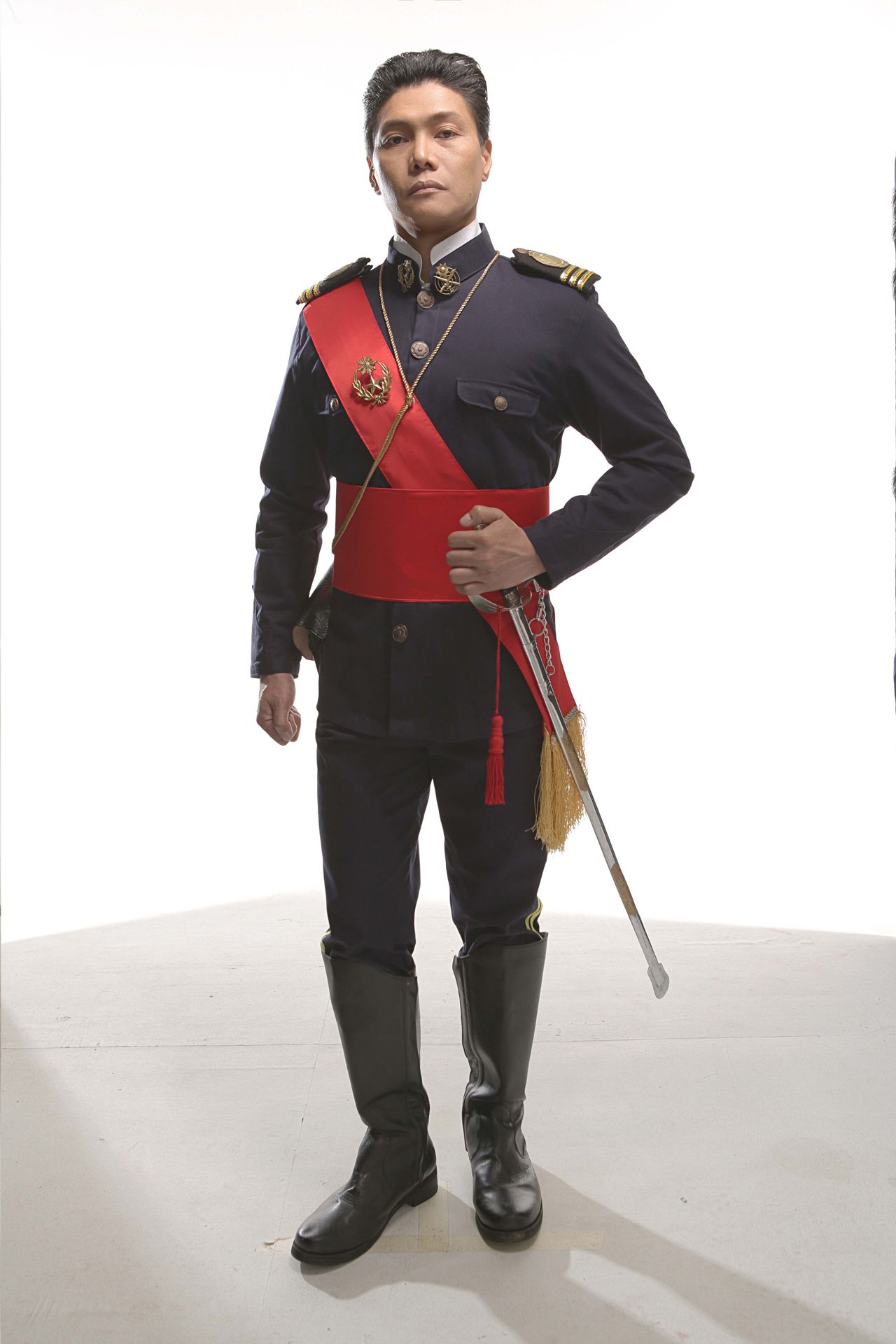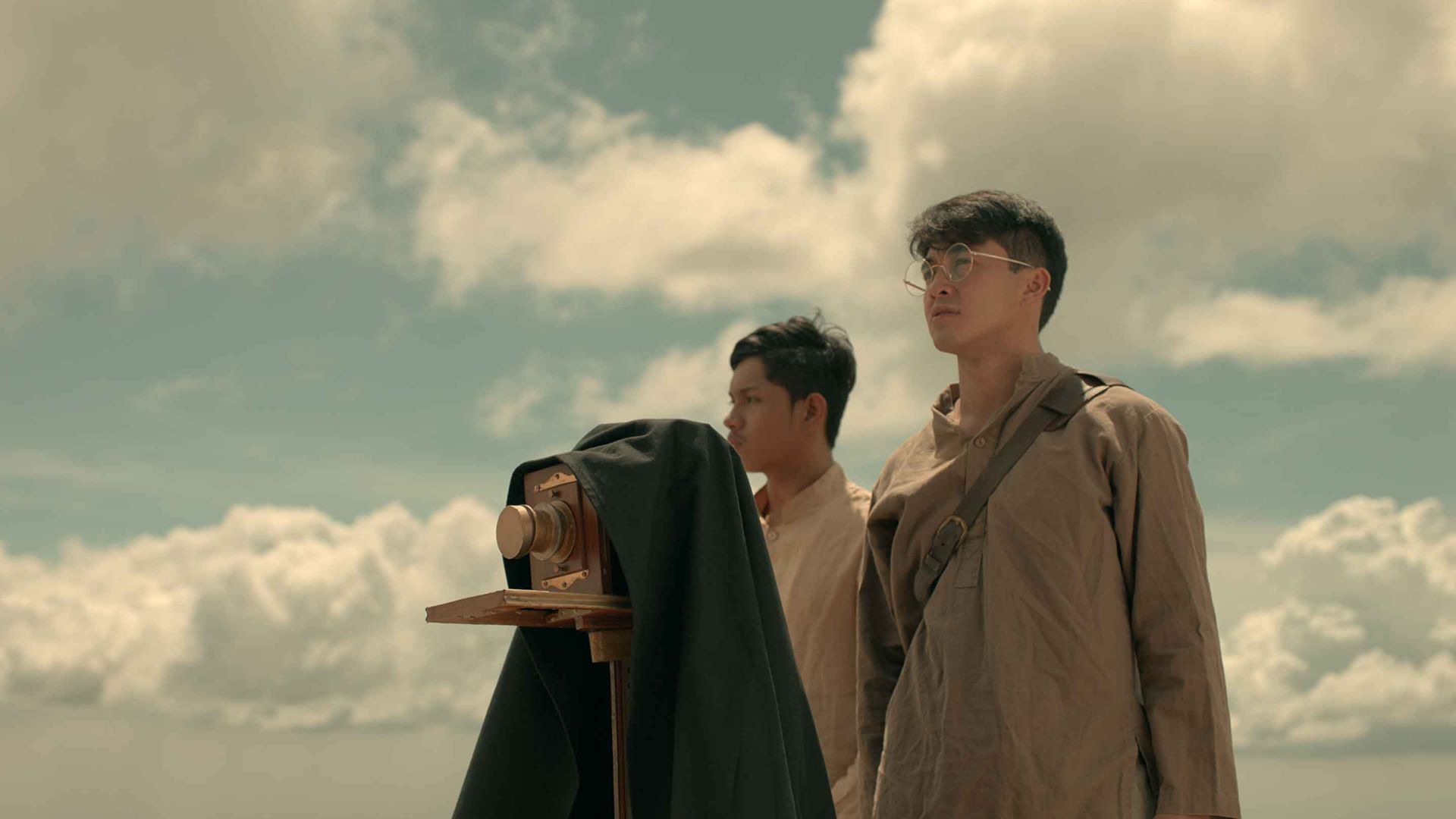In a voice different from that of its fiery predecessor, the introspective Goyo: Ang Batang Heneral fleshes out our heroes and revolutionises the way we perceive historical biopics. EA Rocha, Jerrold Tarog, Paulo Avelino, and Mon Confiado share their thoughts on its relevance
There are several known accounts on how General Gregorio “Goyo” Del Pilar met his end in December of 1899. Coronel Vicente Enriquez (Del Pilar’s aide-de-camp and one of eight survivors of the Battle of Tirad Pass, portrayed by Carlo Aquino), said that the general was observing the enemy movements from a higher trench when he was shot, the bullet hitting just below his mouth. Lieutenant Telesforo Carrasco’s (a Spaniard in Aguinaldo’s army, portrayed by Matt Evans) account, referenced from his diary, is nearly identical. The dramatised iteration of Del Pilar dying on horseback while riding up Tirad Pass was published in American newspapers and some of today’s textbooks—which is perhaps the version of the story that many of us are familiar with. It is Enriquez’s and Carrasco’s version of events that feature in the historical biopic Goyo: Ang Batang Heneral. And for some of the film’s detractors, this, among other things was a sore spot: this was not the Del Pilar that they knew.

Three years have passed since Artikulo Uno Productions brought the rousing, bombastic Heneral Luna to the silver screen. Written in the 1990s by producer EA Rocha (who plays General Elwell Stephen Otis) and Henry Francia, the project was shelved until director Jerrold Tarog took an interest in directing the film and producer Fernando Ortigas came into the picture with the necessary funding. A true game-changer, it ignited a spark in its audience, successfully redefining how the Filipino of today perceives historical films. “I’ve grown used to setting myself for disappointment,” says director Jerrold Tarog. “When Heneral Luna opened to pretty much empty theatres on the first week, I was all, ‘okay, fine.’ But just as it was going to be pulled out of cinemas, everyone started talking about it and calling their local cinemas to keep screening it. That’s what ultimately surprised me.” Made with a budget of 80 million pesos, the film went on to make over 240 million pesos at the box office.






